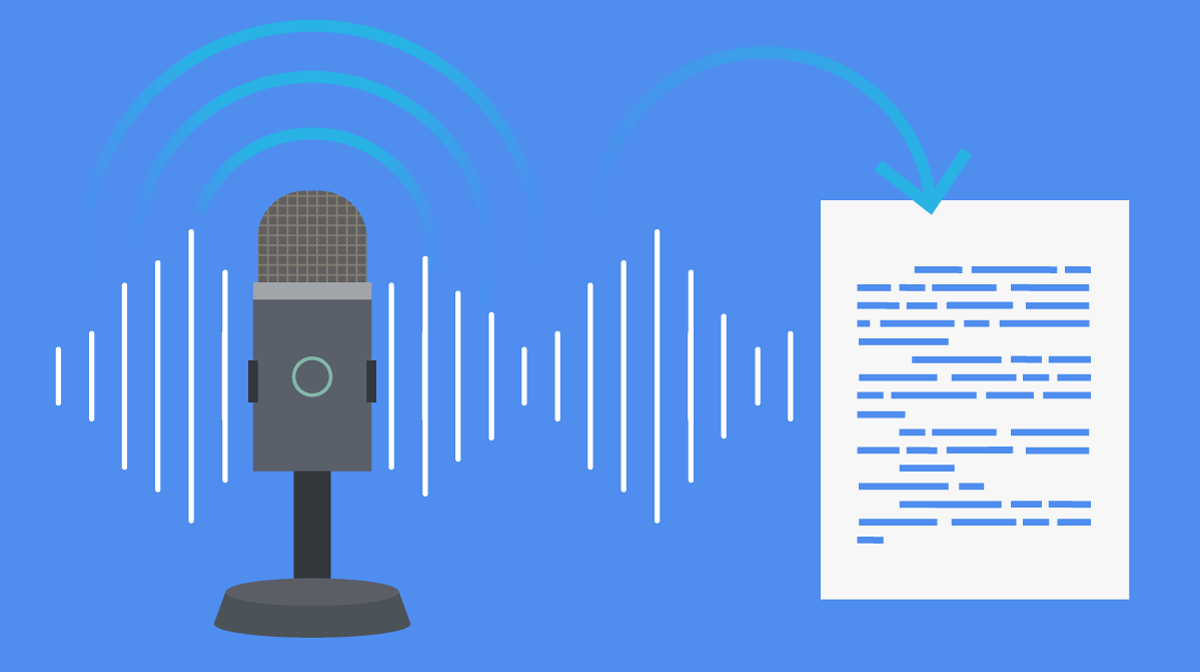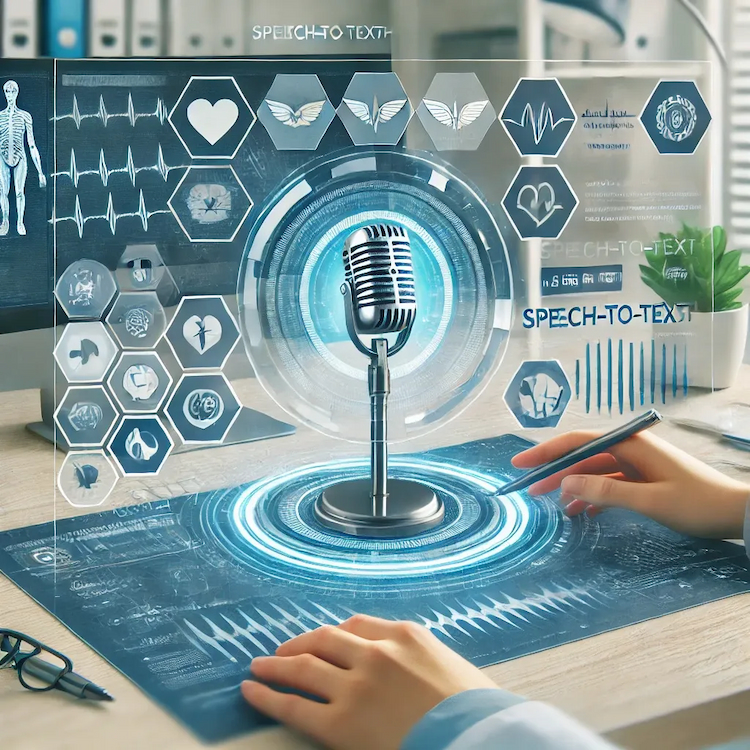Speech-to-Text - Advanced solutions for digital communication, editing and experiences
Speech-to-Text (STT), also known as voice recognition, is a technology that converts human speech into text. This is one of the rapidly developing technologies, widely applied in many fields such as healthcare, education, customer care, financial services, and entertainment.

1. How Speech-to-Text works
Audio data collection: STT uses a microphone to capture sound from the human voice.
Voice recognition and processing: The sound will be converted by the system into a digital signal for the computer to process. The software will then analyze these signals, identifying vocabulary, grammar, and intonation.
Convert to text: After the voice is recognized and analyzed, the software will convert the recognized words into text, ensuring high accuracy and precise grammatical structure.
2. Technology behind Speech-to-Text
Artificial neural networks and Deep learning: Modern STT technology often uses artificial neural networks and deep learning models to recognize speech more accurately. These models can learn and distinguish voices from different sources, regardless of intonation or dialect.
Natural language processing (NLP): To make the converted text easy to understand and appropriate for the context, STT technology also applies natural language processing algorithms, helping the system understand the contextual meaning of each word and sentence.
Phonetic and semantic modeling: Phonetic models help the system analyze and recognize each syllable, while semantic models help analyze and predict vocabulary and sentence structure to improve the accuracy of the text.
3. Applications of Speech-to-Text
Support for the disabled: Speech-to-Text helps the hearing impaired communicate easily by converting the speech of others into text displayed on the screen.
Automatic note-taking and text editing: STT technology supports note-taking and text editing using only voice, saving time and effort, especially useful for journalism, medicine, and education.
Customer service: Speech-to-Text is used in customer service call centers to automatically record calls, analyze conversation content to optimize services.
Virtual assistants and smart devices: Virtual assistants such as Google Assistant, Siri, and Alexa use STT to understand user requests and provide instant responses.
Safe Driving Support: In cars, Speech-to-Text allows drivers to use voice commands to control in-car devices, read and reply to messages without taking their eyes off the road.
4. Advantages and challenges of Speech-to-Text
Advantages:
Time-saving: Compared to typing, using STT is much faster, especially when having to compose long texts.
Wide application: This technology helps improve user experience in smart applications, voice-based interactive interfaces, and customer care services.
Multilingual support: Many STT software today support many different languages, easily converting users' voices from any language to text.
Challenges:
Accuracy: Factors such as local accents, intonation, or noise can affect the accuracy of STT.
Security and privacy: STT needs to process user audio, so security and privacy issues are always a big challenge for developers.
Context handling: Modern Speech-to-Text has improved a lot in terms of understanding context, but in some complex cases, the system still does not achieve high accuracy when converting to text.
With the development of AI and deep learning technology, Speech-to-Text is becoming smarter, has better context handling and more accurate recognition, promising to open up many new applications and enrich the user experience.
Author: FTECH AI









